The Laboratory For What's Possible
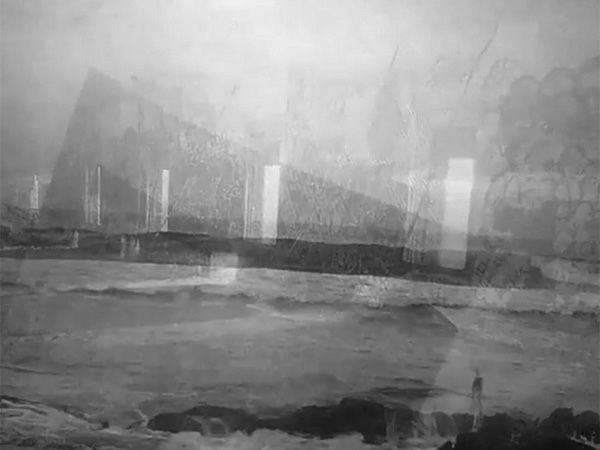
Software, Processing.
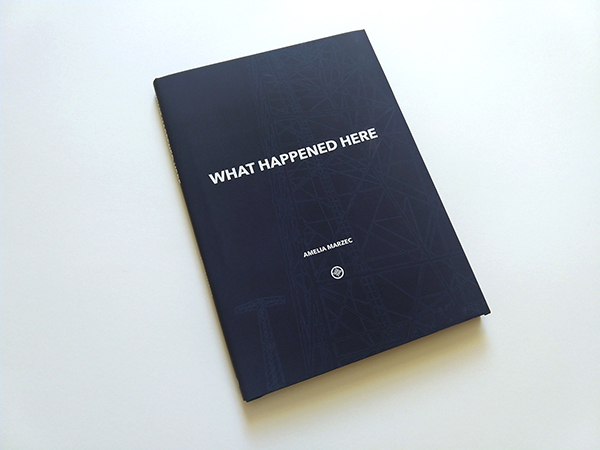
Tour guide of technology development sites.
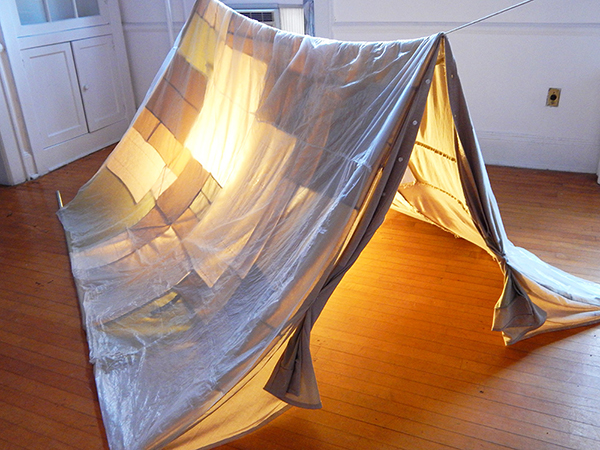
Pup tent, Android sound piece.
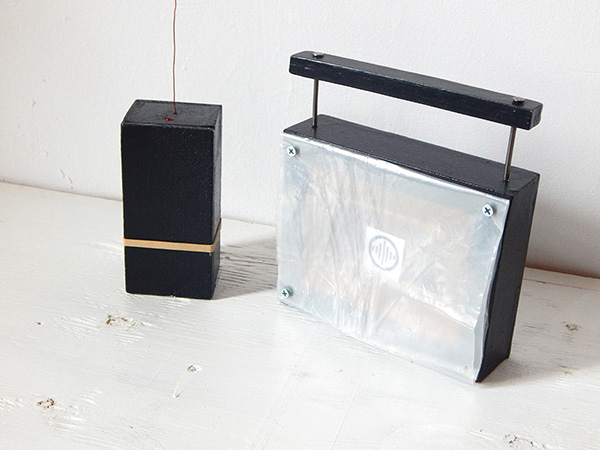
Laboratory instruments, Arduino, electronics.
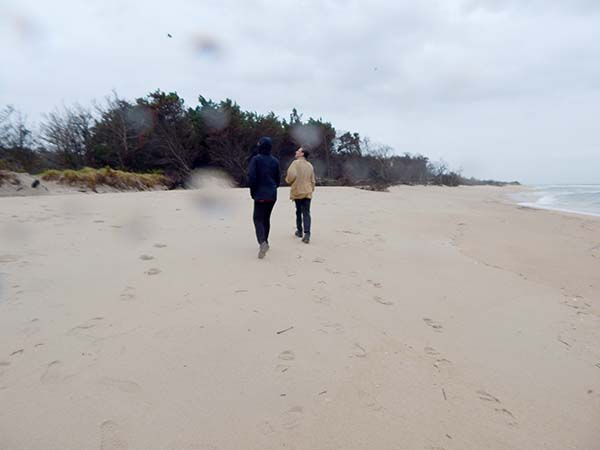
Guided tour based on the book.
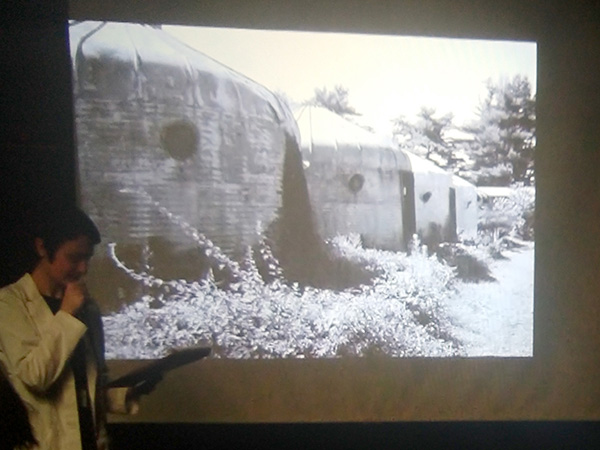
Software in Processing, virtual tour.
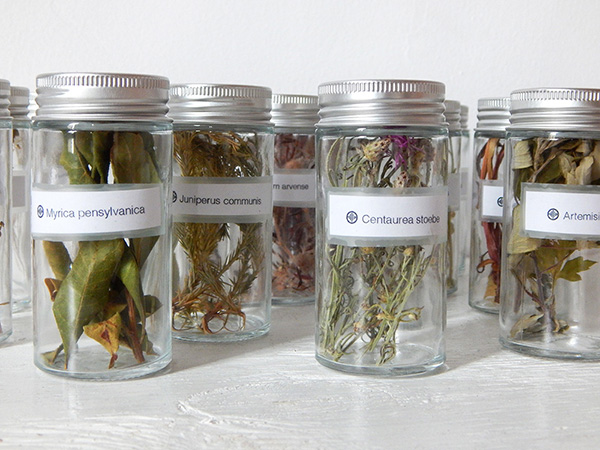
Apothecary, plants from nuclear missile site.
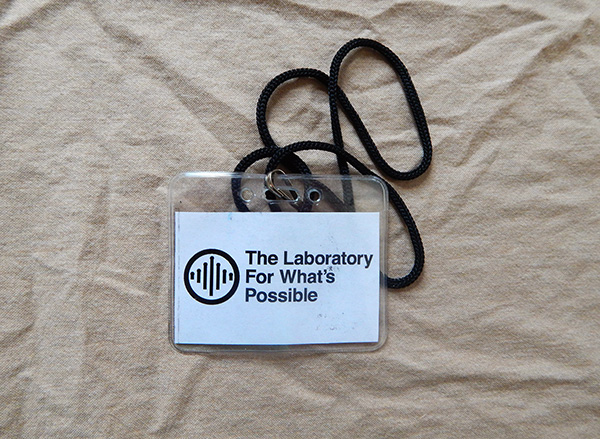
Badge.
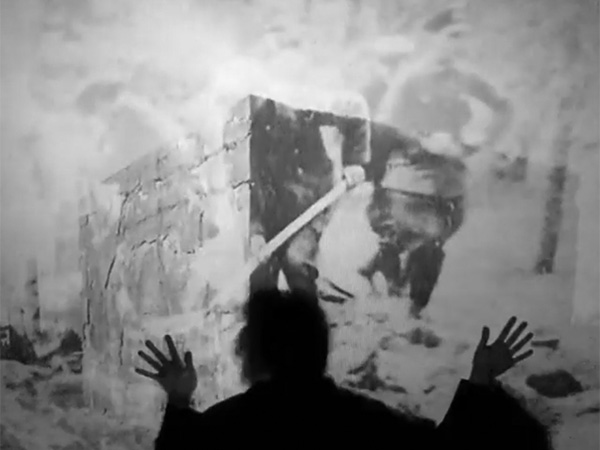
Software in Processing, interaction.
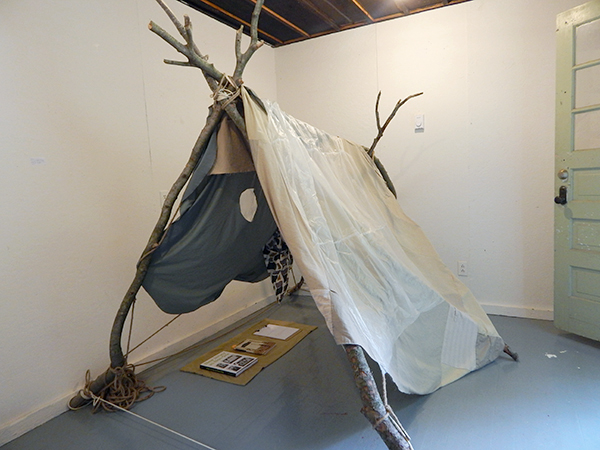
Pup tent in progress in Michigan.
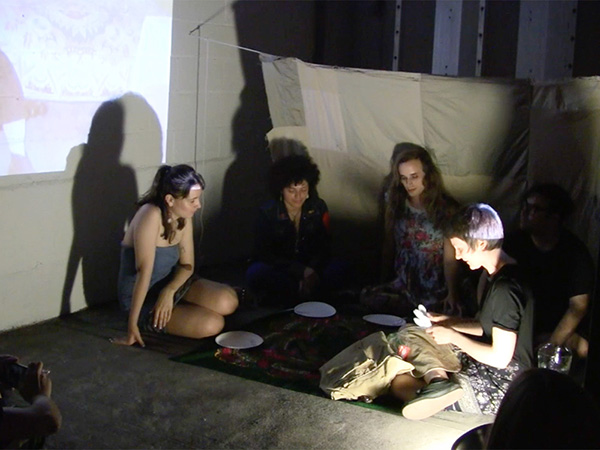
Family dinner, software in Processing.
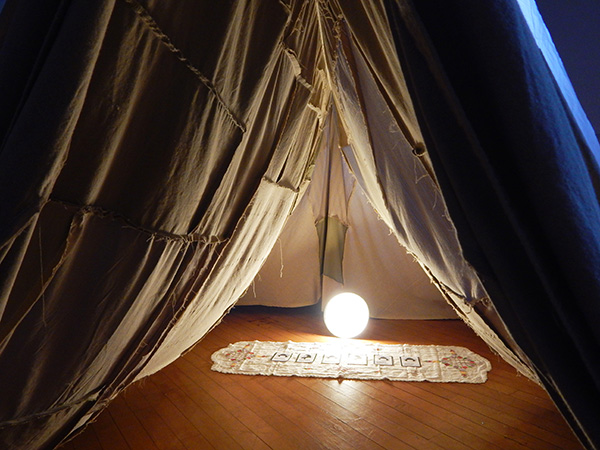
Ancestors, custom playing cards, Android sound piece.
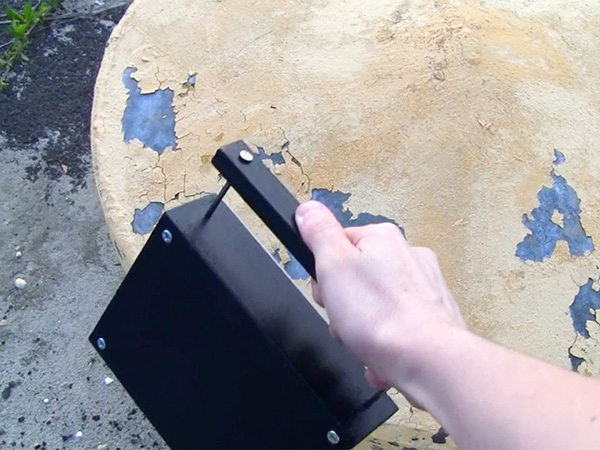
Testing nuclear missile site with the Geiger counter.
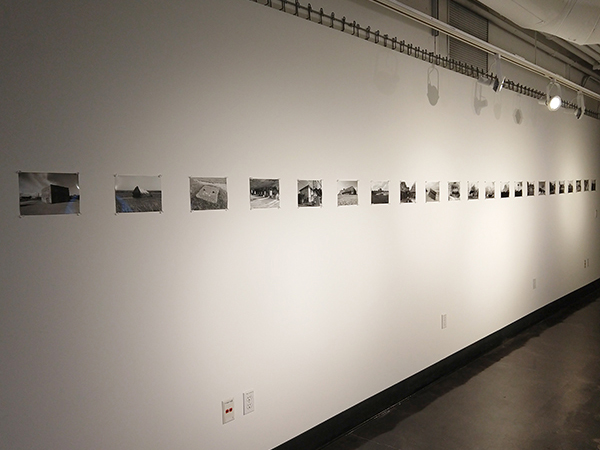
Photo series of technology development sites.
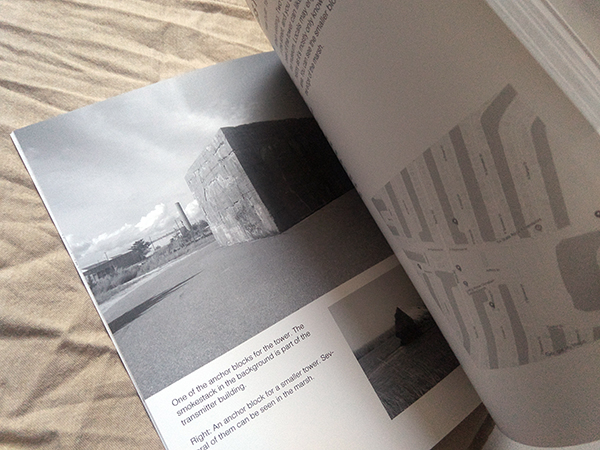
Draft of the tour guide.
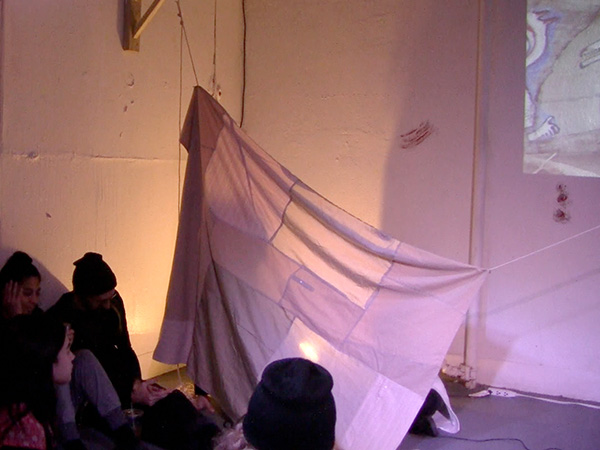
Tent interview, software in Processing.
2018-2021
I grew up in an area where a significant amount of our communication technology was invented and developed. Recently I’ve been returning to document the changing landscape now that the organizations there have been shut down, and to study the uneasy relationship to surveillance culture. This comes at a time when my family members have been aging, and stories of their involvement in the industry are creeping into the project—what does it mean to work on research that helped to blow up your ancestors? The project consists of a book and an installation.
The book, What Happened Here, exposes the locations of 28 sites that were occupied by both Bell Labs and the U.S Army in the early 20th century. Architectural evidence from the experimentation that occurred remains on the land today. These places laid the groundwork for our communication technology today, and remind us that our communication systems were originally intended for warfare.
The installation, The Laboratory For What's Possible, expands upon two of the sites. One is a nuclear missile site just south of NYC. The other is the location where radar was invented that was used to bomb Prague during WWII. The installation situates the early telecommunications industry next to Slavic migration history, intergenerational trauma, and queer family. It includes interactive software that will allow viewers to experience the decommissioned industrial sites; tools and items that were built for testing the landscape; and medicinal plants collected from the nuclear missile site and tested by the Urban Soils Institute, as nature has begun to take back the land.
This project is supported by the Research Foundation of CUNY, and artist residencies with Swale House and the Urban Soils Institute.
Info >>
Sponsors:
CUNY, Ox-Bow, The Center for Integrated Media at CalArts, HATCH at UC Davis, Social Practice Queens, Brooklyn International Performance Art Foundation (BIPAF), Champlain College, The Ear, Swale Lab, Urban Soils Institute
Materials and Technology Created:
Custom Processing software, handmade Geiger counter, Electro-magnetic frequency wave detector made with Arduino, site-specific sound installation running on an android phone
Exhibitions and Performances:
- Metabolism of Citites, Urban Soils Symposium at LMCC Arts Center, Governors Island, NY, November 16-17, 2022.
- Place/Displace, Schafler Gallery at Pratt Institute, Brooklyn, NY, October 25, 2021-March 4, 2022.
- The Laboratory For What's Possible, Solo Exhibition, at Swale House in Nolan Park, Governor's Island, NYC. Project: Soils Room October 5-10, additional weekends in the Back Room in October.
- The Breathing Project, The Living Gallery, Brooklyn, NY, September 12-15, 2021.
- Open-ish Studio, socially distanced studio visits, Swale Lab, Nolan Park, Governors Island, NYC, October-November 2020.
- Lost Horizon Night Market, with Shadow Traffic, online quarantine edition, May 9, 2020.
- HATCH, with The Feminist Arts & Science Shop at UC Davis, Davis, CA, January 16, 2020.
- Undocumented events and object permanence, Winter 2019 collection with Noemata, online, December 26-Spring, 2020.
- Faculty Art Exhibition, Queens College Klapper Gallery, Queens, NY, November 3-22, 2019.
- SUSPEND-RELEASE, at The Ear, Brooklyn, NY, September 21, 2019.
- Laboratory migration, on the meadow at Ox-Bow School of Art & Artists' Residency, Saugatuck, MI, August 12-16, 2019.
- Friday Night Open Studios, Ox-Bow School of Art & Artists' Residency, Saugatuck, MI, August 9, 2019.
- FIGMENT NYC, on Roosevelt Island, NYC, June 1, 2019.
- Every Woman Biennial, 222 Bowery, NYC, May 19-29, 2019.
- (No) FUN Closing, Empirical Nonsense, NYC, March 23, 2019.
- Becoming Insect, Queens College, Queens, NY, February 19, 2019.
- Work-in-progress solo hallway exhibition, The Center for Integrated Media at CalArts, Santa Clarita, CA, January 14-16, 2019.
- Civic Reflex/Reflejo Civico, with BIPAF at Panoply Performance Laboratory, Brooklyn, NY, October 20, 2018.
- World Maker Faire NY, at New York Hall of Science, Queens, NY, September 22, 2018.
- FIGMENT NYC, on Governor's Island, NYC, June 23, 2018.
Books, blogs:
- Metabolism of Cities Highlights, Urban Soils Symposium Recap, March 2, 2023.
- Dirty Library Book, Dirty Time, Fall 2022.
- What Happened Here, The Laboratory For What's Possible, Fall 2021.
- Undocumented events and object permanence, Noemata, February 22, 2021.
- Emergency INDEX Vol. 9, December 15, 2020.
- Emergency INDEX Vol. 8, Fall 2019.